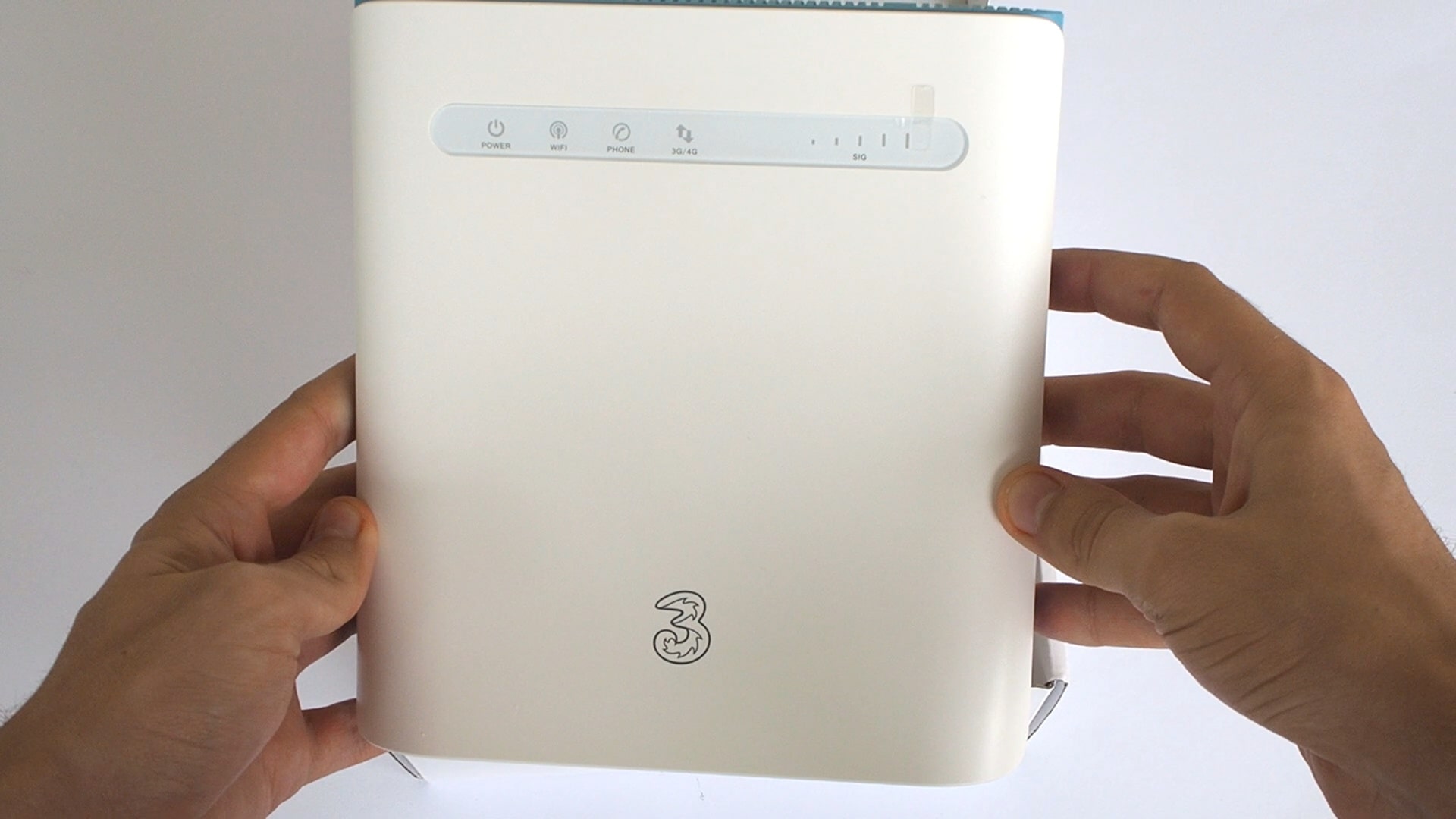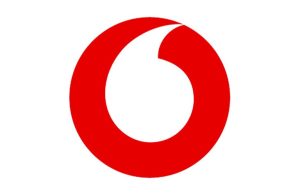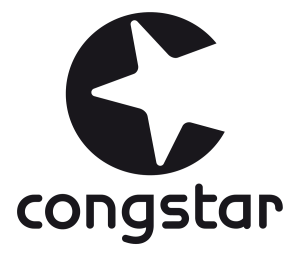Considering using LTE internet to get online at home?
In this article, we’ve reviewed the 5 best LTE internet tariffs in Germany in 2025.
We’ve also explained what you need to consider when choosing an LTE internet provider for use at home, as well as how this technology works when compared to fibre broadband.
Let’s get started.
Best LTE internet home internet offers
Let’s begin our reviews.
In this section, we’ve reviewed the best LTE internet tariffs on the market at the moment, in terms of their download speeds, data limits, and value for money.
1. O2 Homespot
The O2 Homespot is the best way to get LTE home internet in Germany, for most people.
The great thing about O2’s LTE internet tariffs is they always come with unlimited data. You don’t have to pay more for this, like you do with most other LTE internet providers.
You can get a download speed of 50 Mbit/s or 100 Mbit/s with the Homespot, and the prices for each plan are quite reasonable. O2 normally offers a lower price for the first part of the contract, and they also often waive the connection fee as well.
You get a Wi-Fi router included, which works well for getting online at home, even if you have a large family, although you may still want Wi-Fi extenders if you have a large house.
While you do have to enter into a 24 month contract with the O2 Homespot, which is a slight downside, this is quite typical of most internet plans, including LTE tariffs, especially when a Wi-Fi router is included.
Pros
Cons
Overall value rating
⭐⭐⭐⭐⭐
Price
2. Vodafone Gigacube
If you’re looking for an LTE internet tariff to get online at home, Vodafone has everything you need.
They include a 4G router called the GigaCube with their LTE internet plans, free of charge, meaning you don’t have to spend €100 or more to buy one yourself.
Like O2, the reason Vodafone is able to give you the Wi-Fi router for free is you have to sign a 24 month contract to buy their GigaCube product. However, their prices are reasonable, especially on their 100GB or 200GB tariffs.
You can also get unlimited data with the Vodafone GigaCube, like what O2 offers, however it is a bit expensive to do this – O2’s prices are much cheaper.
The best thing about the Vodafone GigaCube is you can test it out for 30 days, prior to committing to the full contract. This allows you to see what speeds you’ll get with Vodafone LTE internet, before having to commit to it for 24 months.
Pros
Cons
Overall value rating
⭐⭐⭐⭐⭐
Price
3. Congstar Homespot
If you’re looking for the cheapest-possible LTE internet connection, Congstar is worth looking at.
This mobile network has some of the cheapest LTE internet offers in Germany at the moment. Their monthly costs are very low, and their setup costs are cheap as well.
There are two reasons why Congstar is so cheap.
The first is their tariffs all have data limits. You can’t get an unlimited data tariff – you’ll have to settle for 50, 125, or 200GB instead.
Also, no Wi-Fi router is included with Congstar home internet. You’ll need to supply your own device.
On the plus side though, you can choose to avoid a long-term commitment with Congstar. You can either get a 24 month or a 30-day contract, and the prices are still reasonable on the short-term deal.
Pros
Cons
Overall value rating
⭐⭐⭐⭐
Price
4. Telekom Speedbox
Telekom’s home LTE internet tariffs work a bit differently to most other providers’ offers.
Rather than having a single offer you can choose from, with the option of 4G or 5G internet, Telekom has a store, where you can choose between different LTE routers and mobile Wi-Fi devices.
Once you’ve chosen a device, you can pick a data plan to pair it with. Most of these LTE data tariffs come with a 24 month contract, and a fairly low data limit.
The other issue with Telekom is although their monthly prices are reasonable, given the amount of data you’re getting, they charge quite high connection fees compared to other providers, like O2.
Overall, we’d only recommend Telekom LTE internet if they’re the only mobile network that offers good 4G signal at your address. But since Congstar uses the Telekom network, they’re generally a better choice if Telekom is the only 4G network available where you live.
Pros
Cons
Overall value rating
⭐⭐⭐
Price
What you need to know
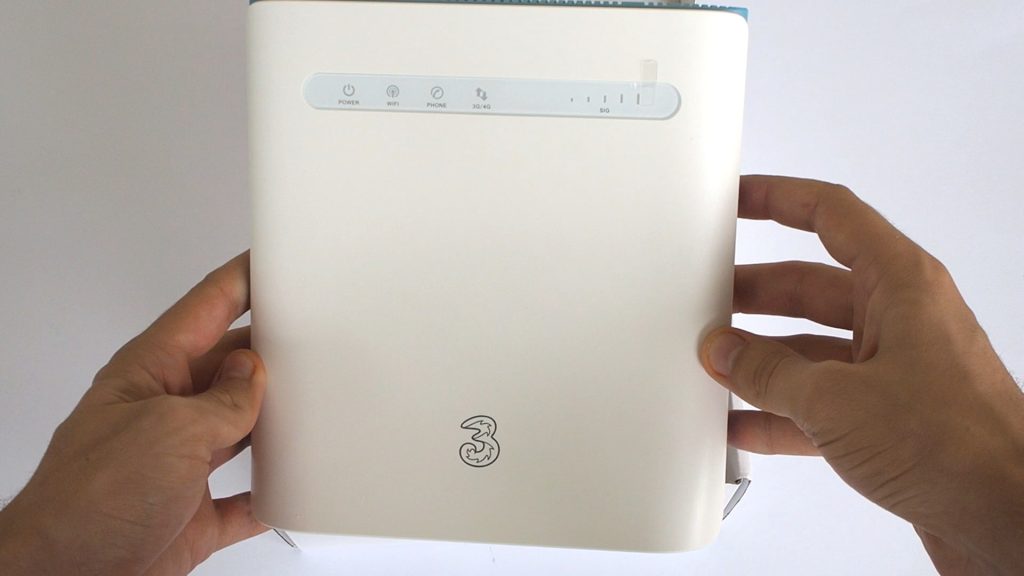
In this part of the article, we’ve explained what you need to know when choosing an LTE internet tariff.
How LTE home internet tariffs are sold
When you buy an LTE internet deal, you’ll receive a 4G router (or a 5G router if you decide to pay more) and a SIM card, attached to a data plan with a certain usage limit.
Once you insert the SIM card into the router and plug it in, you’re ready to get online.
Typically, you’ll have to enter into a 24 month contract to buy an LTE internet tariff. However, month-to-month LTE internet plans are also available, although you may need to pay for the router upfront if you decide to buy one of these tariffs.
Also, before buying an LTE internet plan, you’ll normally have to put in your zip code on the provider’s website, to verify that you have good enough LTE signal at your address to get online with.
How much data do I need?

Most LTE internet tariffs have a data limit. While unlimited offers are available, they tend to have quite a high monthly cost.
As a result, you might be wondering how much data you need.
Below, we’ve explained the types of situations in which different data limits would be suitable.
We’ve assumed that you’ll be using LTE internet as your main way of getting online at home. If you’ll only be using 4G LTE to access the internet occasionally, or on certain devices, you might be able to get away with a lower data limit.
- A 100GB data limit is enough for 1-2 people to get online, assuming you don’t often download large files or stream HD TV shows. If you don’t work from home and don’t watch a lot of TV, a 100GB data limit should be enough for a small household.
- A 200GB data limit is enough for 3-4 people to get online, assuming most people aren’t heavy internet users, or for 1-2 people who are online more often. For large households, a 200GB monthly data limit will only work if you mostly use the internet to browse social media, read emails, and watch the occasional YouTube video.
- An unlimited data tariff is best for 3-4+ person households, or for families that use the internet extensively every day. DSL and fibre internet tariffs always come with unlimited data in Germany, because most households use huge amounts of data each month. It can be worth investing in an unlimited data offer when using LTE internet as your main way of getting online at home, otherwise you might find yourself hitting your usage limit each month.
What download and upload speed will I get with LTE?
You’ll get a download speed of about 50 Mbit/s most of the time using 4G LTE internet, with a peak download speed of up to 100 Mbit/s, assuming your tariff does not have any speed restrictions.
In terms of your upload speed, you can expect to get about 5-10 Mbit/s most of the time using LTE technology.
To get a better idea of what download and upload speeds you’ll get if you switch to LTE home internet, you can perform a speed test at your house on a mobile phone, using the same mobile network. Just ensure to turn off 5G, so that you’re only testing your LTE connectivity.
How much should I expect to pay for LTE home internet?

The exact amount you’ll pay for LTE home internet depends on the provider you choose, and how much data you get.
For an unlimited usage LTE tariff, including a Wi-Fi router, you can expect to pay about €50-€60 per month with most mobile networks, although O2 currently offers cheaper prices.
If you get a tariff with a data limit of 100GB-200GB, you can expect to pay about €30-€40 per month instead.
Can you get LTE home internet without a contract?
You can get LTE internet without a contract if you don’t want to commit for 24 months. There are two main ways to do this:
- Buy a 4G router bundled with a SIM card. The difference between doing this and entering into a contract is you might need to pay a high upfront cost for the router.
- Buy a mobile Wi-Fi device or router yourself, and then pair it with a data SIM card from a company like Congstar. Just ensure that the mobile tariff you choose is suitable for home internet use, rather than being restricted to use in mobile phones only.
Mobile Wi-Fi devices vs 4G routers
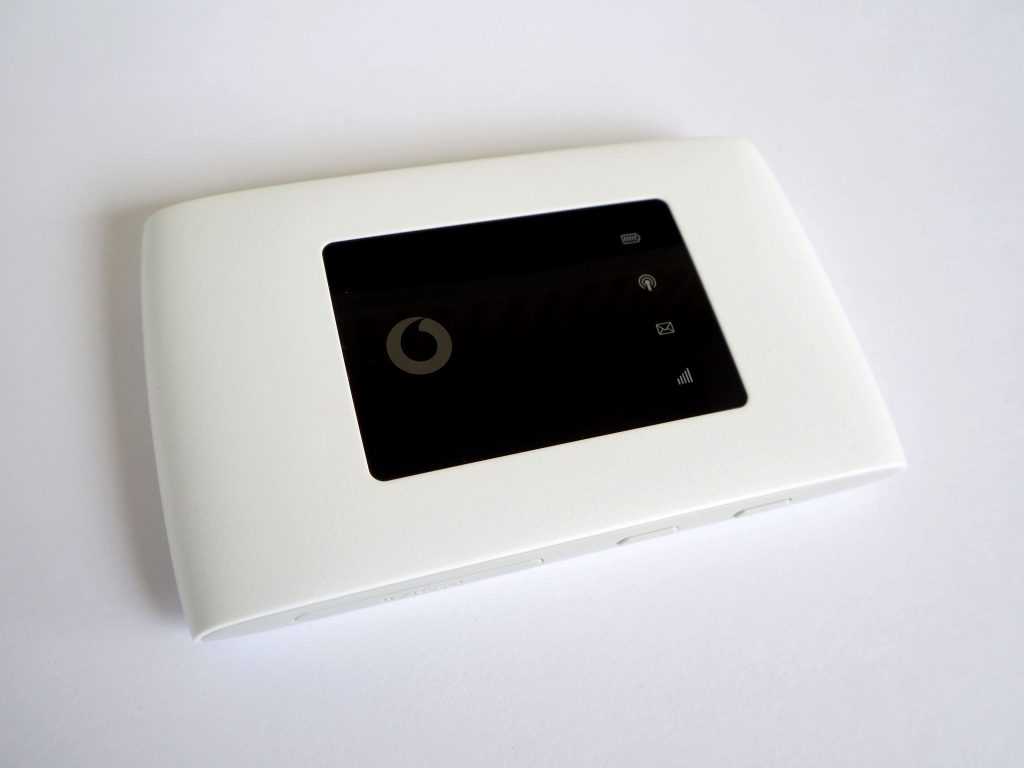
Most of the LTE internet deals we’ve looked at in this guide come with a 4G router. 4G routers work just like a Wi-Fi router you would use with a DSL or fibre internet connection, except they take a SIM card, rather than needing to be plugged into a broadband socket.
These devices are best for getting internet at home with LTE, because they can easily handle lots of devices getting online at once, and they normally have 2-4 Ethernet ports you can use to minimise your latency.
However, there are also LTE internet plans that are sold paired with mobile Wi-Fi devices as well.
Mobile Wi-Fi devices are much smaller than a router, meaning they’re cheaper, but also less powerful – their Wi-Fi signal isn’t as good.
The main benefit of mobile Wi-Fi devices is their portability. They come with a battery, allowing you to get online almost anywhere. However, they’re not the best permanent solution to get online at home, since their Wi-Fi signal isn’t very strong.
Which LTE internet provider is cheapest?
Normally, Congstar has some of the cheapest LTE home internet deals in Germany, compared to other major providers.
The reason Congstar is cheap is their low-cost tariffs have a data limit of 100GB or so. This might not be enough usage for your family to get online with at home. Also, they don’t include a Wi-Fi router, like some other mobile carriers do.
O2 is another good choice if you’re looking for a cheap unlimited LTE internet offer, however their prices aren’t quite as low as Congstar’s.
LTE vs 5G internet
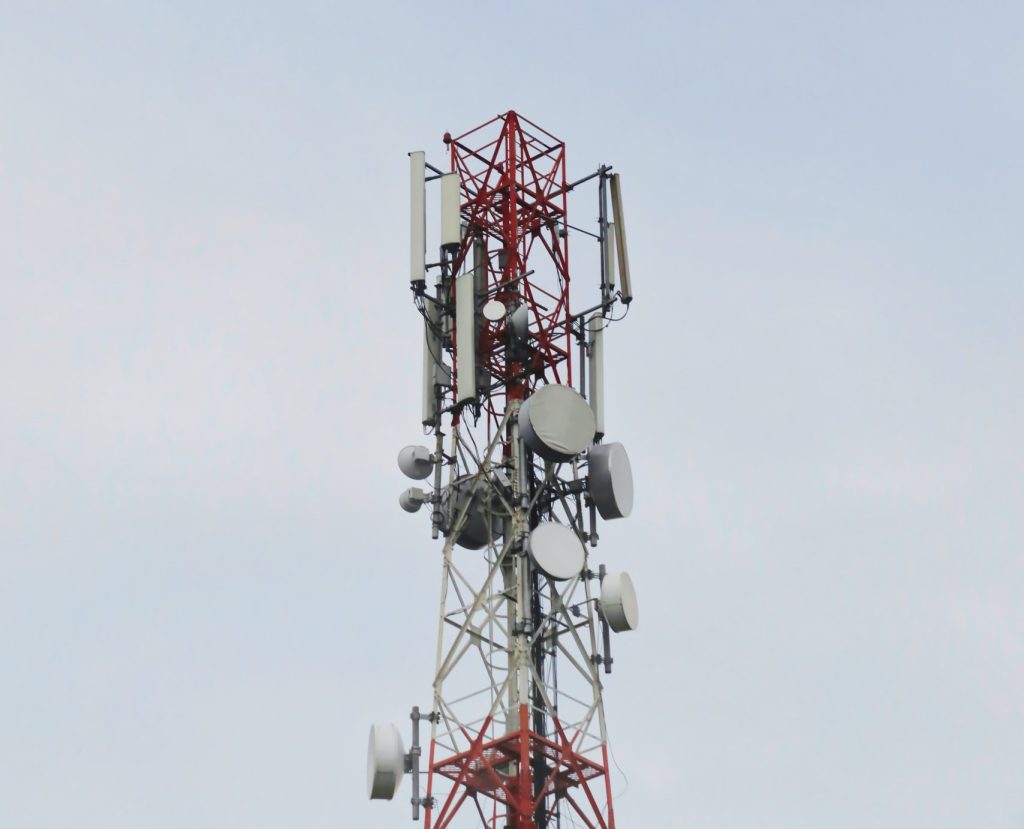
While you can get a download speed of up to 100 Mbit/s with LTE internet, there are also 5G internet tariffs that can give you a 500 Mbit/s or even higher download speed most of the time.
If you can get 5G where you live, it’s often worth paying a bit more for 5G home internet, since the download speeds are so much higher. Apart from their speeds, and the fact that they’re a bit more expensive, 5G internet tariffs work in the exact same way as 4G internet plans.
Before buying, it’s a good idea to put in your postcode in on Telekom, O2, and Vodafone’s website, to see if any networks offer 5G coverage where you live.
Conclusion
This is the end of our LTE internet buyer’s guide.
If you can get O2 mobile network signal where you live, we’d recommend their Homespot device almost all of the time. The best thing about it is it comes with unlimited data, which you really need if you’re going to use LTE internet as your main way of getting online at home.
If you have any questions about choosing an LTE internet provider, leave us a comment below, and we’ll help out.

I’m Roger, and I’m the founder of Broadband 4 Europe.
I grew up in Switzerland but live in Germany now, and also lived in South Tirol for a while in the past.
I have a background in IT and have performed extensive research into the broadband markets of most major European countries. Learning about fixed-line broadband markets is my nerdy hobby, but I’m also excited by the possibilities that 5G (and eventually 6G) broadband will provide us in the future.
When I’m not researching broadband companies and their networks, you’ll find me playing volleyball or the piano.

